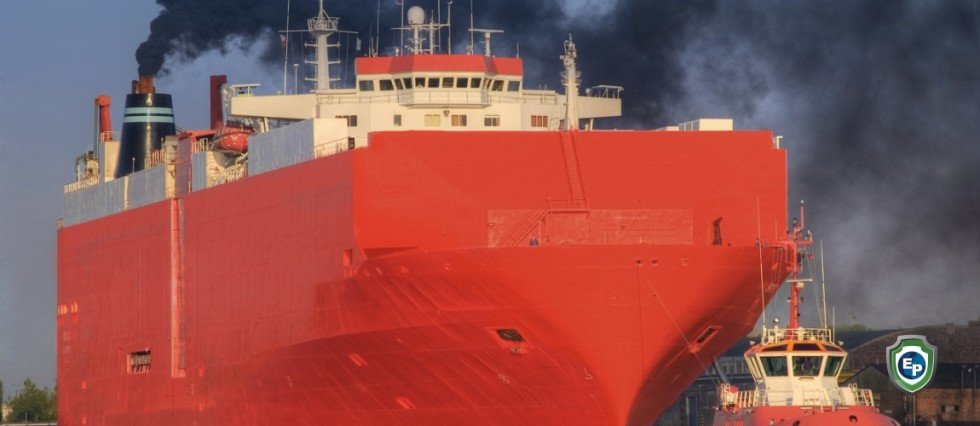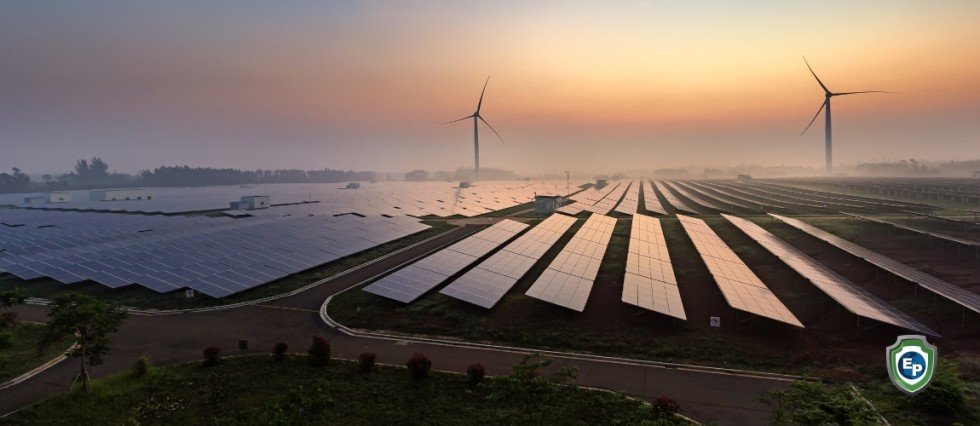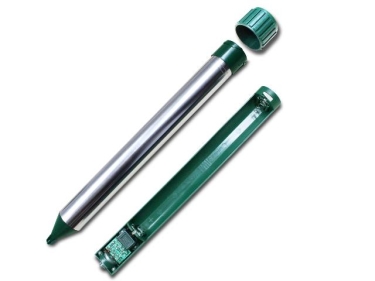How Europe Could Get China and the U.S. On Its Side with a New Carbon Tax
The EU's latest strategy focuses on tighter controls for businesses importing goods from outside the union. However, the policy is facing tough challenges from developed economies due to its realisticity. Come read our blog to learn more.

The climate crisis has occurred on a global scale, requiring effective cooperation from many countries. Particularly, policymakers and diplomats in the European Union (EU) are hopeful they will gain support from the US and China with a new carbon tax.
COP26 and the New Carbon Tax
From October 31 to November 12, Glasgow hosted the 2021 United Nations Climate Change Conference, also known as the 26th Conference of Parties, or COP26. One of the many discussed items is the new carbon tax, which many climate scientists consider the last chance for nations to draft meaningful strategies to avoid catastrophic global heating. Moreover, the EU is pushing for carbon pricing rules on which both China and the US haven’t shown any particular interest.
The carbon border adjustment mechanism (CBAM) is a proposed measure by the EU that, if approved, will compel EU businesses to pay a carbon levy for goods they import from outside the EU. The idea is to incentivize these companies to work with suppliers and manufacturers in other nations that have more stringent regulations to limit emissions. The EU is aiming to cut its greenhouse gas emission by 55% from 1990 levels by the end of 2030. However, other nations are not as committed to lowering emissions at the same rate. China, India, South Africa, and Brazil have already said they have “grave concerns” regarding the EU’s introduced carbon tax, going as far as to calling it “discriminatory.”

Development and Emissions
Those four nations, along with many others, don’t have the same economic model as the EU members. Deep down, they often feel aggrieved that Western countries achieved great wealth using fossil fuels and are now telling others not to do the same. Tim Gore, member of the Institute for European Environmental Policy, a think tank, has said that to get other nations on board, the EU might have to ensure “the revenues that will be generated [by CBAM] are returned to those countries to support their low carbon transition.”
Another issue is about China and the US, which are heavyweight economies and need time to analyze the EU policy’s benefits and costs. John Kerry, the America’s top climate envoy, has stated that CBAM should only be used as a “last resort.” Gore responded by arguing that if the US and China do not aggressively pursue climate-friendly economies, not only will they risk environmental disaster, but their economies will fall behind the EU’s and other nations that focus more on renewable energy.
Systemic Change Is Essential, but All Countries Must Be Active
At the current rate of emissions, the planet will be roughly 3 degrees Celsius warmer by 2100. The Paris Climate Agreement set a goal to limit global warming to well below 2, preferably to 1.5 degrees Celsius, compared to pre-industrial levels from which humans are still a bit away. However, before the Parris Agreement, the Earth was on pace for 4 degrees warmer by 2100, so there has been an improvement.
Learn More with Export Portal
Found this article helpful? Then visit our site for more!


















Comments 2